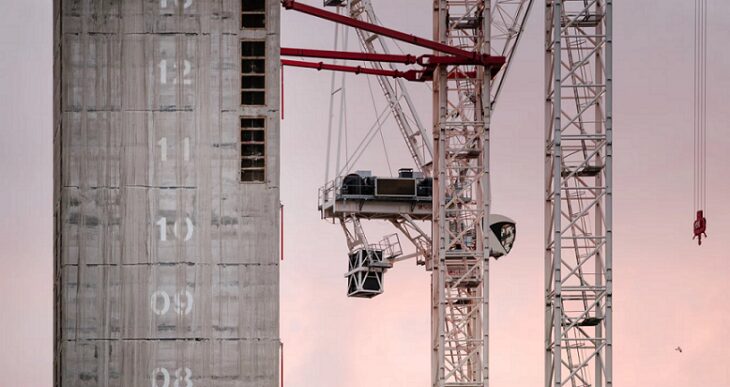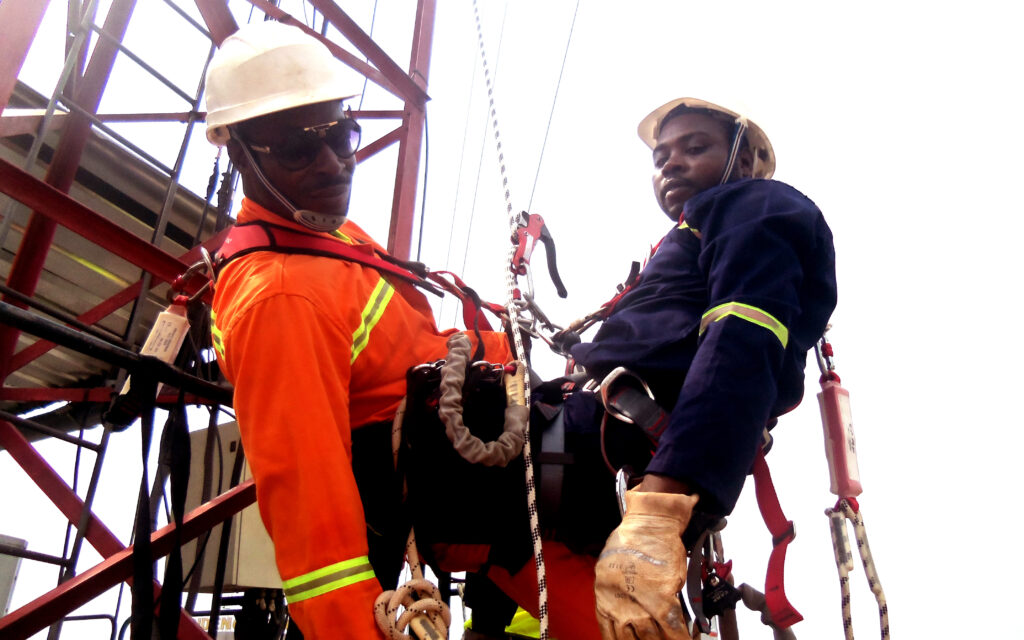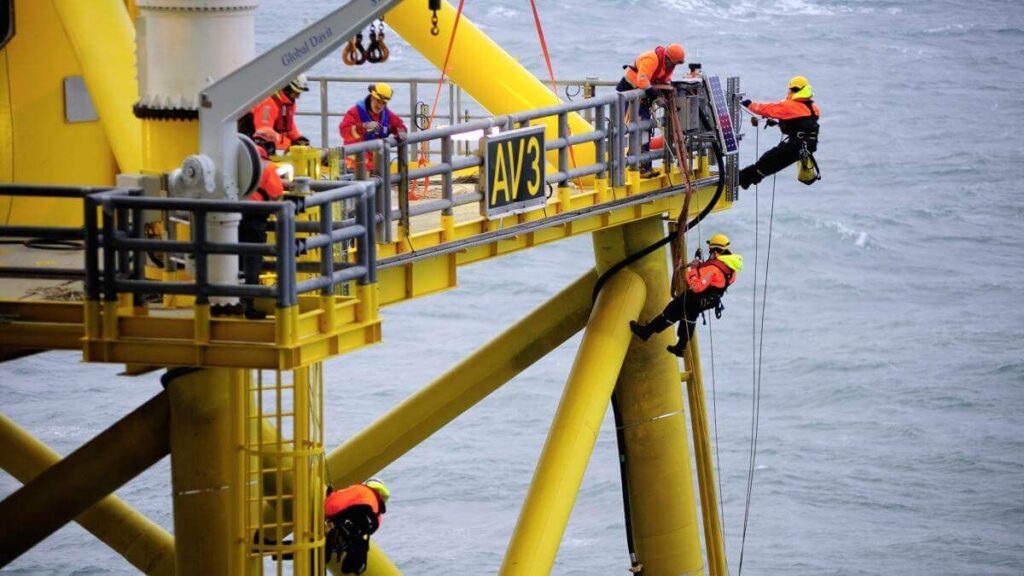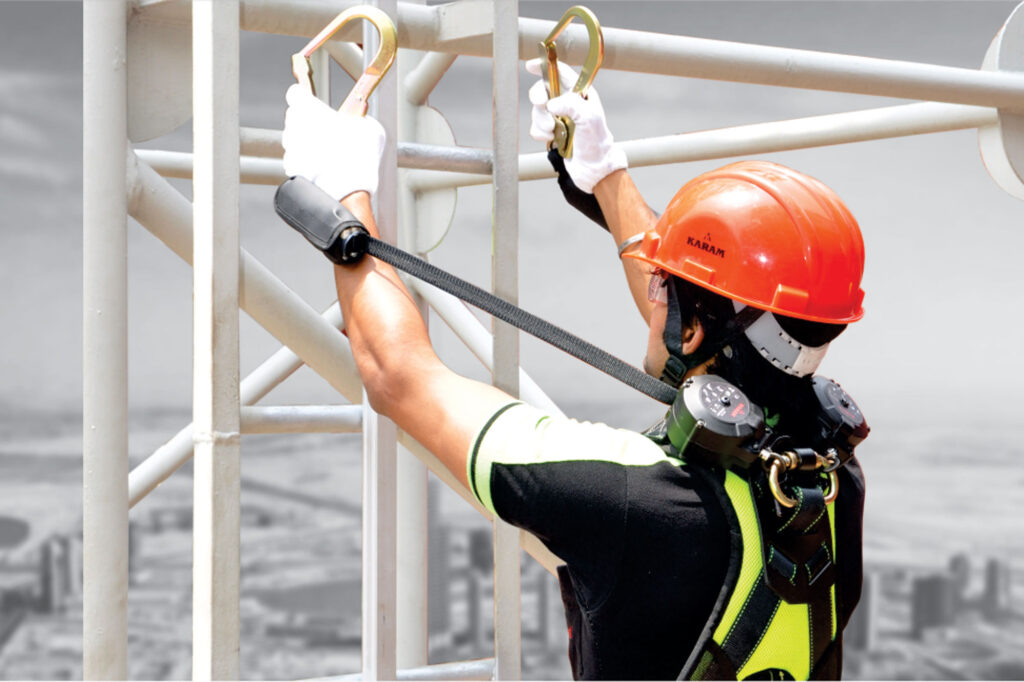
4 Essential Questions to Ask When Dealing With Height Safety
Falls account for a large number of workplace injuries and accidents when working at height. In worst case scenarios, these falls end up in fatalities. Height safety is a number one priority for anyone working on roofs, cleaning windows on high buildings and performing elevated construction work. It’s the responsibility of managers to ensure every safety precaution is put in place when sending teams up to work in these conditions.
Fortunately, tools and equipment such as a roof safety rail are available to make your job as a manager of a height safety team easier. Asking essential questions when dealing with height safety, will improve your knowledge about what you need to know for the health and safety of your team. This way, you can rest assured you’ve got it covered when it comes to keeping your team safe.

4 Essential Questions to Ask When Dealing With Height Safety
1. What Tools and Equipment Are Available for Height Safety?
While there are a wide range of tools and equipment available for keeping your team safe at heights, there are standard systems and gear that should be used at all times. These include:
- Fall protection kits: These are designed to protect your workers from falling. Fall arrest systems also stop your workers from hitting the ground should they actually end up falling from an elevated position.
- Safety harness: This item keeps your worker attached to a safety system installed on the building and is also part of fall arrest and protection systems.
- Lanyards: Safety lanyards are designed to be attached to the harness and anchorage points, giving the worker a secure line. Lanyards are energy absorbing, limiting the arresting impact on the worker’s body should he or she fall.
- Anchorage points: Products such as roof anchor points are installed as anchorage for workers performing repairs and maintenance at height.
Other height safety equipment such as roof safety rails, platforms, handrails and walkways all contribute to improving the working conditions when on top of a building. Always ensure the tools and equipment are constructed with premium materials and meet the safety standards stipulated by the industry.
2. Why Should I do a Risk Assessment?
Risk management and planning is a requirement in many countries including Australia and guidelines are stipulated in documents such as the National Code of Practice. Before starting a project that entails working at heights, you need to carry out a risk assessment. This is necessary in order to ascertain the conditions of the working environment.
Hazards need to be identified as well as what the level of risk is for your team working at heights. By performing a risk assessment, you’ll know what situations could lead to potential accidents. Based on the results of this inspection, you can then decide what steps you need to take to mitigate the dangers that could cause harm to your team.

3. Who Can Work at Heights?
Working at heights requires having a full understanding of what the job entails to ensure it’s done efficiently and safely at all times. Teams should be made up of competent workers who have been properly trained and licensed to perform high risk work from heights.
Your role as a manager is to check the credentials of every employee working at heights to ensure they meet the requirements of such a job. Your responsibility also entails sending working-at-heights employees on regular training programmes to keep them up to date with the latest developments in the industry. This way you can have peace of mind and workers know how to use height safety equipment in the proper manner. Your team must also understand the safety procedures and make sure they adhere to them at all times.
4. How do I Keep People on the Ground Safe When a Team is Working at Heights?
The safety of workers and the public on the ground is also your responsibility when you have a team working at heights. The following safety precautions should always be in place:
- Warning signs: Signboards can be used to indicate a job is underway above, warning anyone on the ground to stay clear of the area below. This can include demarcation tape which blocks off areas on the ground, preventing unwarranted access.
- Safety gear: Workers and visitors on site should always be kitted out with safety helmets and other gear when on the ground below a team working at heights. This will limit the risk of being injured should there be falling objects such as tools or other equipment from above.
Ground workers also need to adhere to the health and safety policies to avoid unnecessary accidents while a team is working at heights above them.

Final Thoughts
Working at heights is dangerous. Knowing your obligations as a construction site manager means following the regulations stipulated by the industry as well as state legislation. By asking the essential questions when dealing with height safety, you’re giving yourself access to all the information you need to keep your team secure when working at heights. Stay informed and have peace of mind your workplace is safe for everyone involved.